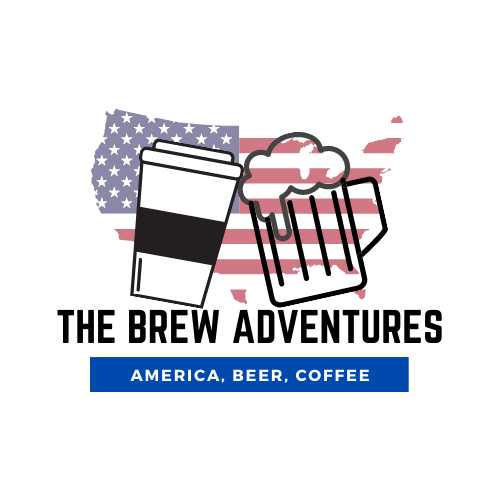The New IPA: A Scientific Guide to Hop Aroma and Flavor — Book Review
I’ve said this many times, and I will continue to say it, trying to find information on brewing is a tedious and weighty task. There are many forums, websites, and blogs (like this one!) that provide information or just a good laugh in the comments sections, but sometimes the hard evidence is what a homebrewer needs.
My background is in science, and I will admit, it was frustrating how difficult it was to find information with a scientific basis when we started brewing. I wanted the answers, and I wanted them NOW!
Instead, I went the way of trial and error and delved deep into the online forums. I found lots of good stuff, and the information helped improve our brews, but I wanted more.
The New IPA
Luckily for me, a kind and thoughtful person (Mrs. Brew) found this book, The New IPA by Scott Janish, and some doors were finally opened. I was looking for scientific information, and it presented itself to me in a rather neat and concise form.
Scott Janish has literally done all the work I was too lazy to do by compiling the findings of hundreds of beer research articles and experiments together. The author dug deep, and the fruits are many. I will admit that much of the information applies to commercial brewing rather than homebrewing, but being a homebrewer and experimenter himself, Janish does a great job of tying things back to homebrewing, while also explaining the differences a homebrewer or commercial brewer might encounter with similar processes.
Book Content:
The opening chapter is a great history of hop oil research, creating a launching pad for the whole book. Janish discusses bittering and aroma compounds, and whole cone and pellet hops. He then goes on to discuss hot side hopping and the pros and cons of it, laying things out as easily as he could with the pure data he found. One section I found particularly interesting was when he discussed temperatures and times to drop hops in the whirlpool to create different aroma profiles compared to just flame-out hopping.
After setting the foundation with the first few chapters, Janish then discusses mouthfeel, which I jokingly described in our beer and brewing vocabulary post as ambiguous and pretentious. But Janish was able to apply his research to the concept of mouthfeel to give it a bit of structure that was missing for me. Then he proceeds into flavor perceptions, and then on to dry hopping, which gave some great insight into why I occasionally find little success in dry hopping. (Hint: my small batches are more susceptible to oxidation).
Janish keeps the hits coming with chapters that discuss bitterness from dry hopping, hop creep (this was very interesting), biotransformation with enzymes and yeast, Thiols and their positive (and negative) effects on fruity aroma and flavor, concentrated lupulin (likely hitting a brewery near you), what causes haze, and the stability of hazy IPAs.
The book is technically about creating better hazy IPAs, but the information on hops, yeast, malt, water chemistry, and the techniques to bring these tricky ingredients together can be compiled for just about any beer. The last chapter might be especially interesting to some as it is tips from seven commercial breweries, including Janish’s own Sapwood Cellars.
Final Thoughts:
Now, this book is complex, and it does have a mighty amount of information in it (it needs to be read more than once!), so if you are pleased with what you are already brewing and content with keeping things low key and easy, then keep on keeping on, brother. But if you are curious about the science of brewing, the chemical compounds that affect each batch, about using different yeast strains (maybe even wine yeast), this book is for you. At the very least, it has given me an insight into some of the mysteries of commercial brewing and a list of things to try as I hone in on my own homebrewing techniques. It might even open your eyes a bit as well.
Read on!
Cheers!
Mr. Brew

